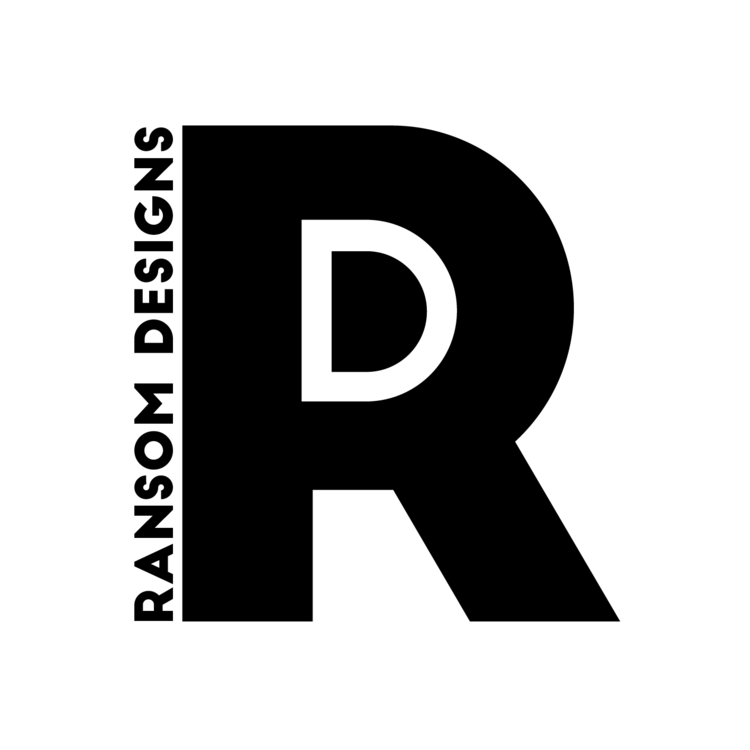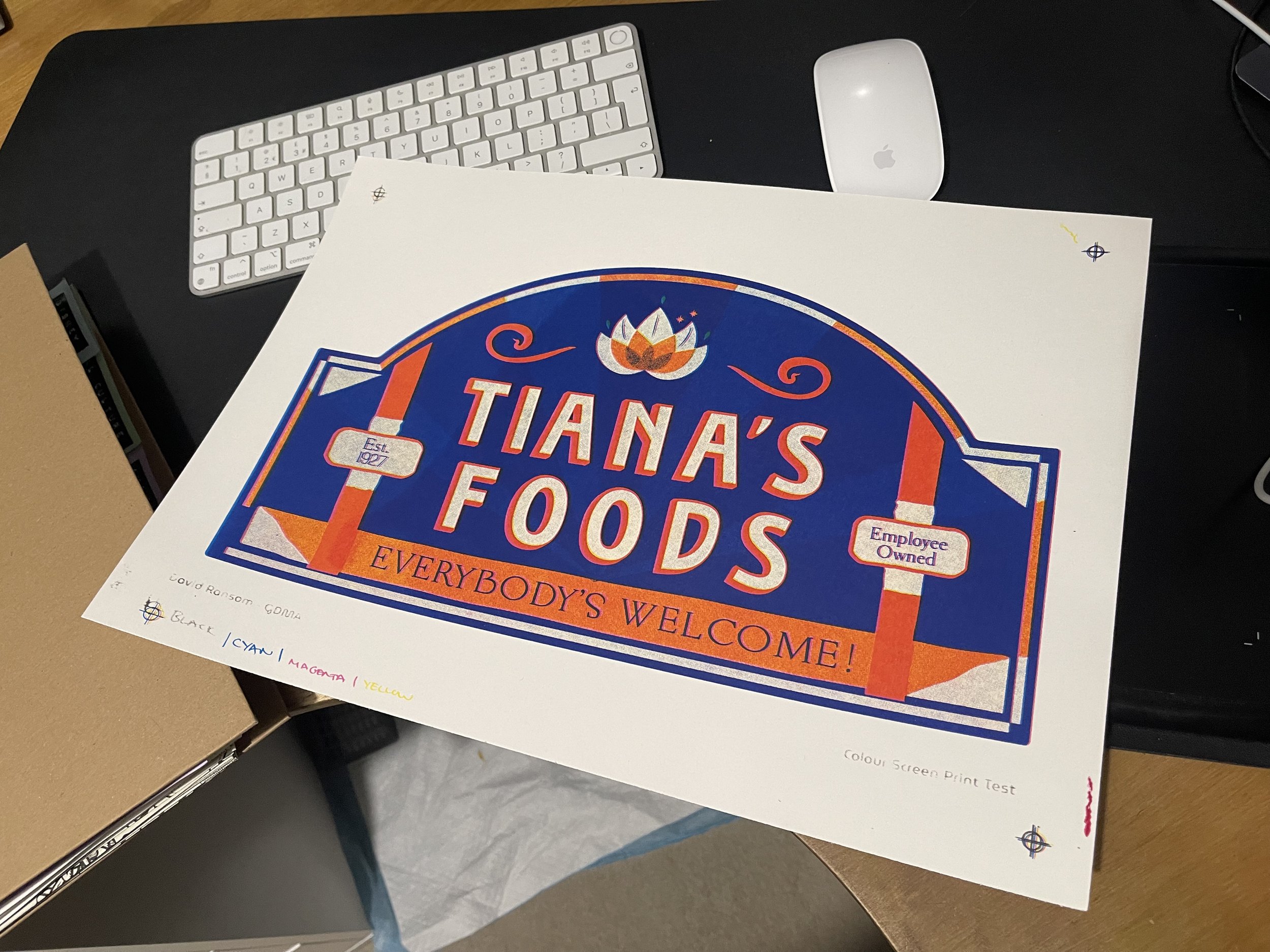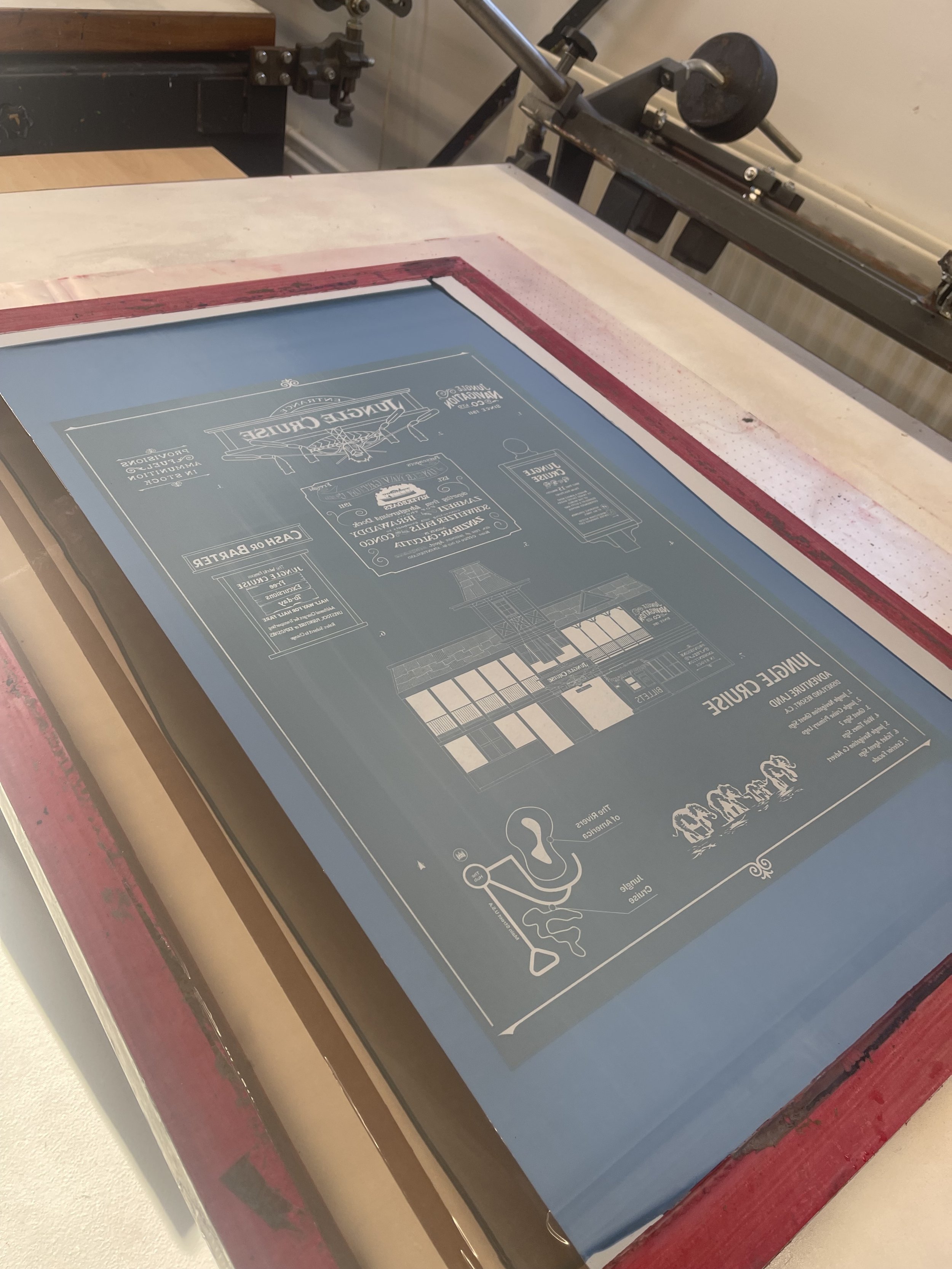Mike kept saying this was a long time away but that really put the panic in me! I was talking to Non about this the other day, about how I remember September 2023 going to the Starbucks by the station on my first day and now suddenly I’m almost done. Very scary! But luckily I know what I’m doing, I just need to get through it.
A couple of dates to be aware of: 27th May. So just over a month away, we need to have a second version of our prototype, which I already did a version of a poster for the first draft. This was a combination poster of a range of designs from the other posters, to give an overview on the whole project. But what I need to do for this one is actually but something together that is a prototype of the thing I’m going to hand in.
I’m currently at 12 posters, well almost 12, so that leaves three more to make which will be good to get made and stop doing as they’re quite time consuming. I also had ruled a line under my Disney based research, but then speaking to Greg Randle the other day he put me onto ‘Themed Entertainment Design’ by David Younger, which is too good of a book to pass over. So once I’ve read that, and the Architecture of Reassurance, which I’m currently working through, I’ll stop there. There will probably be a few more ‘academic’ books to go through, semiotics, physcogeography etc but they will be filling in gaps as apposed to big learning.
So I need to start working on the other analytical writing on the studies. What I’m starting to realise though is that those don’t need to be super in depth. I’d like them to be comprehensive and well written, obviously, but talking this morning about who this project is for, they can be quite surface level so they are inclusive for all audiences.
The second date is 3rd June. Which is the interim presentations. We’re making posters and showing items from our projects in the BA end of year show, but obviously this isn’t our end of year, so they’re just WIP. I was thinking I need to include the studies i’m doing, but also the text I’m writing and some bits about my process. So I want to print out the WDI timeline I made at the beginning of the project and also make a short film about the process of making the prints. So I need to put that together and also edit the sound scape recordings I did whilst at the parks. These are all on my to do list, just need to get them sorted alongside the posters until they are out of the way.
I also want to play around with the printing of the book on some form of archival paper so will play with that for this show.
I also need to produce a 300 word statement about my work, but I don’t think that’ll be too taxing.
A few things that come up during the chat this morning, was about if what I was making was a product to be sold, where would that happen, what would it look like and how would I make that. This will give me some ideas about how to present the thing in the final stages. So need to look into options for that.
Also something to add into my critical analysis is the idea of trusting the process of experimentation. In the self reflective section, I need to remember to talk about the fact that I did experiment but came to conclusions on that very quickly. I also looked back at my proposal this morning and realised I’ve stuck to my timeline perfectly and havent really deviated away from my original plan at all. I don’t know if thats a good thing or not, but it’s what’s happened so who knows! I’ve spoken to Mike about this before, and I think because I’ve learned through working, I’ve always worked to a brief, and had a short amount of time to achieve what I needed to achieve. Therefore I’ve also thought of the solution quickly and then set off doing that. Park of this project was meant to do the opposite of that and play around with stuff to see where it got me. Which I think it could’ve done a lot more of if my brain wasn’t wired the way it is!








